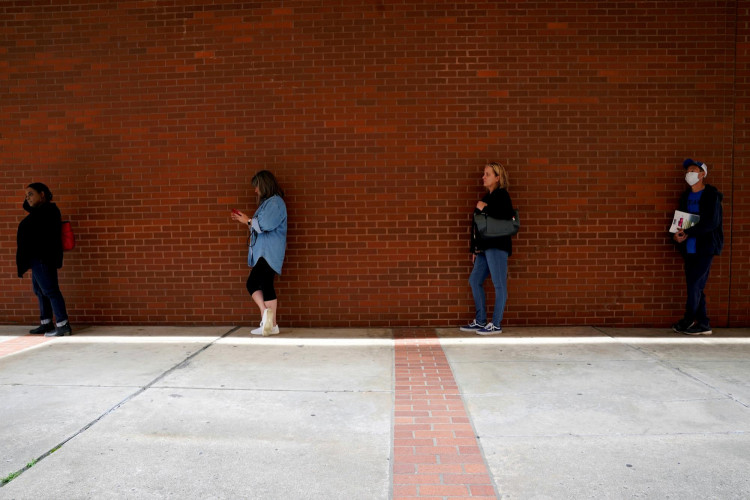The US economy outperformed expectations in February by adding 275,000 nonfarm payroll jobs, surpassing the 198,000 jobs economists had projected. This surge in job creation, however, was accompanied by an uptick in the unemployment rate to 3.9% from January's 3.7%, marking the first rise in four months and signaling a potential softening in the labor market. Furthermore, the revisions of job growth figures for previous months, including a significant decrease for January from 353,000 to 229,000, add to the complexity of the economic landscape.
As the Federal Reserve gears up for its forthcoming interest rate decision, these figures present a mixed bag. The slight increase in unemployment, juxtaposed with robust job growth, paints a picture of a labor market that remains tight yet is showing signs of coming into balance, as noted by Federal Reserve Chair Jerome Powell in his recent testimony to lawmakers. Powell's observation of supply and demand conditions aligning more closely indicates a nuanced labor market scenario that the Fed will need to navigate.
Wages, a critical measure of inflation and labor market leverage, saw a modest monthly increase of 0.1%, aligning with the annual growth rate of 4.3%. This figure, while indicative of wage growth, fell short of economist expectations and suggests a deceleration from previous months. The labor force participation rate held steady at 62.5%, and average weekly hours worked edged up, suggesting a slight increase in labor demand.
Sector-wise, healthcare led the charge with 67,000 new positions, followed by significant contributions from government employment, which added 52,000 jobs. The hospitality sector, particularly restaurants and bars, also saw notable gains, adding 42,000 jobs, reflecting a continued recovery in service-oriented industries.
Investors and market analysts have been closely monitoring these developments, with predictions leaning towards a potential interest rate cut by the Fed in June, as inferred from the CME FedWatch Tool. The market's anticipation of three to four rate cuts within the year underscores the prevailing uncertainty and the delicate balance the Fed must strike in its monetary policy decisions.
The nuanced dynamics of the job market were further highlighted by the shift towards part-time employment. Despite the overall increase in jobs, full-time positions saw a decrease of 187,000, while part-time roles rose by 51,000. This shift, derived from the household survey which also calculates the unemployment rate, indicates an underlying complexity in employment trends that extends beyond headline figures.
Sectoral growth was broadly distributed, with social assistance, construction, transportation and warehousing, and retail sectors all posting gains. This diversified job growth suggests a broad-based recovery across various sectors of the economy, albeit with the caveats of a rising unemployment rate and the predominance of part-time roles.
As the labor market continues to evolve, the interplay of job creation, wage growth, and unemployment rates will remain critical factors for policymakers, especially in the context of inflationary pressures and monetary policy adjustments. The Fed's upcoming decisions will be closely watched as they seek to balance stimulating economic growth with containing inflation, all within the framework of a labor market that is both robust and showing signs of complexity.






